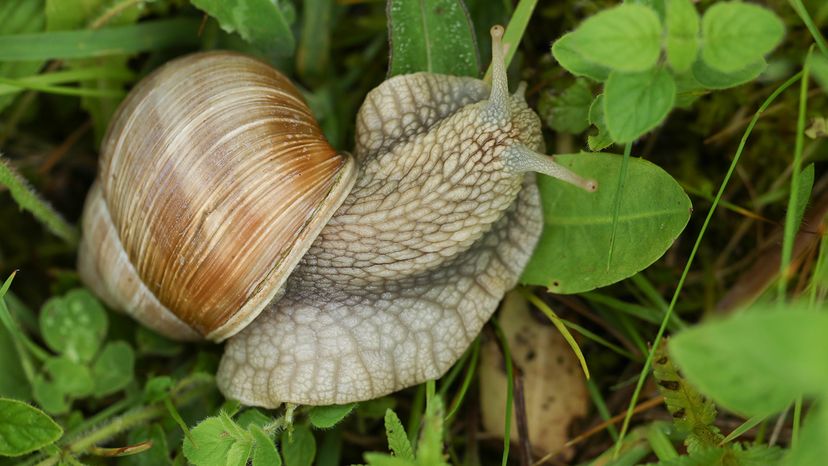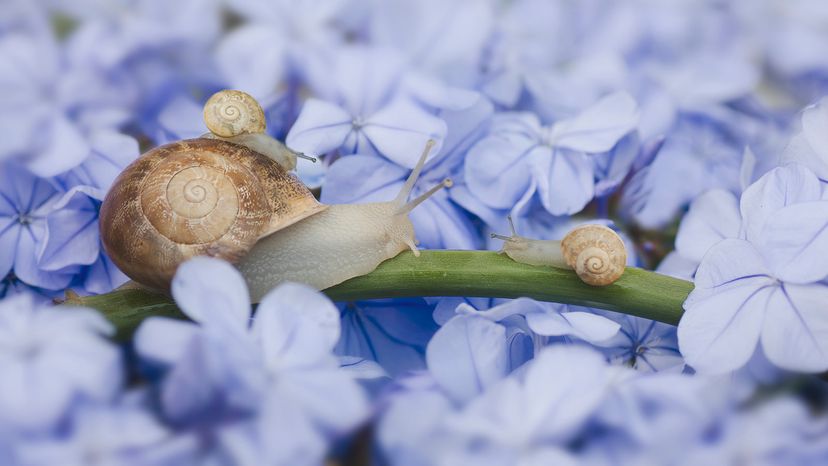
Have you ever wondered, what do snails eat? And how long does it take these slow-moving, slimy creatures to reach their food sources? Well, whether they’re in a garden, a pond or aquarium, a snail's varied diet helps it survive in different environments.
Many snails are herbivorous snails, meaning they primarily feed on plants and fresh produce. But some species are omnivorous or even carnivorous, which means they might eat insects, worms, and sometimes even other snails.
Advertisement
Snails eat a wide range of things depending on their species and habitat. Let's take a closer look.

